
Microsoft's new high-end Surface Book is aimed at two types of people: those who need extra graphics power and those with deep pockets. While the Surface Book with Performance Base still runs the same dual-core Intel Core i7 Skylake processor it gets a significant bump in graphics and, thankfully, battery too.
Let's take a look at what is new and what's different.
Surface Book specs

| Category | Specification |
|---|---|
| Operating System | Windows 10 Anniversary Update |
| Display Size | 13.5-inch PixelSense Display |
| Display Resolution | 3000x2000 (267 ppi) |
| Processor | 6th Generation Intel Core i7 @2.6GHz (6600U) |
| GPU | Nvidia 965M2GB GDDR5 |
| RAM | 8 or 16GB DDR3 |
| Internal Storage | 256GB, 512GB, or 1TB |
| Rear Camera | 8MP with 1080P HD video |
| Front Camera | Windows Hello face-authentication & 5MP camera |
| Battery | Up to 16 hours |
| Dimensions as laptop | 12.30 x 9.14 x 0.51 - 0.90 inches312.3 x 232.1 x 13.0 - 22.8 mm |
| Dimensions as tablet | 8.67 x 12.3 x 0.30 inches |
| Weight as laptop | 3.63 lbs. (1,647g) |
| Weight as tablet | 1.6 lbs. (725g) |
| Price | Starts at $2,399Max Config at $3,299 |
More GPU
Previously, Surface Book had two different levels: one that used Intel HD 520 graphics and one with an optional (and more expensive) Nvidia GPU. That GPU was a custom job with 1GB of video memory and it offered similar performance to a GTX 940M.
Now, Microsoft has added a third option with the Performance Base. This time, instead of an oddly specced custom GPU it has a more standard and more powerful Nvidia GTX 965M with 2GB of dedicated GDDR5 video memory. The 965M is a solid performer, but it is based on the older Maxwell microarchitecture announced two years ago. It also pales in performance compared to the new Nvidia Pascal microarchitecture found in the GTX 10xx series of gaming laptops.
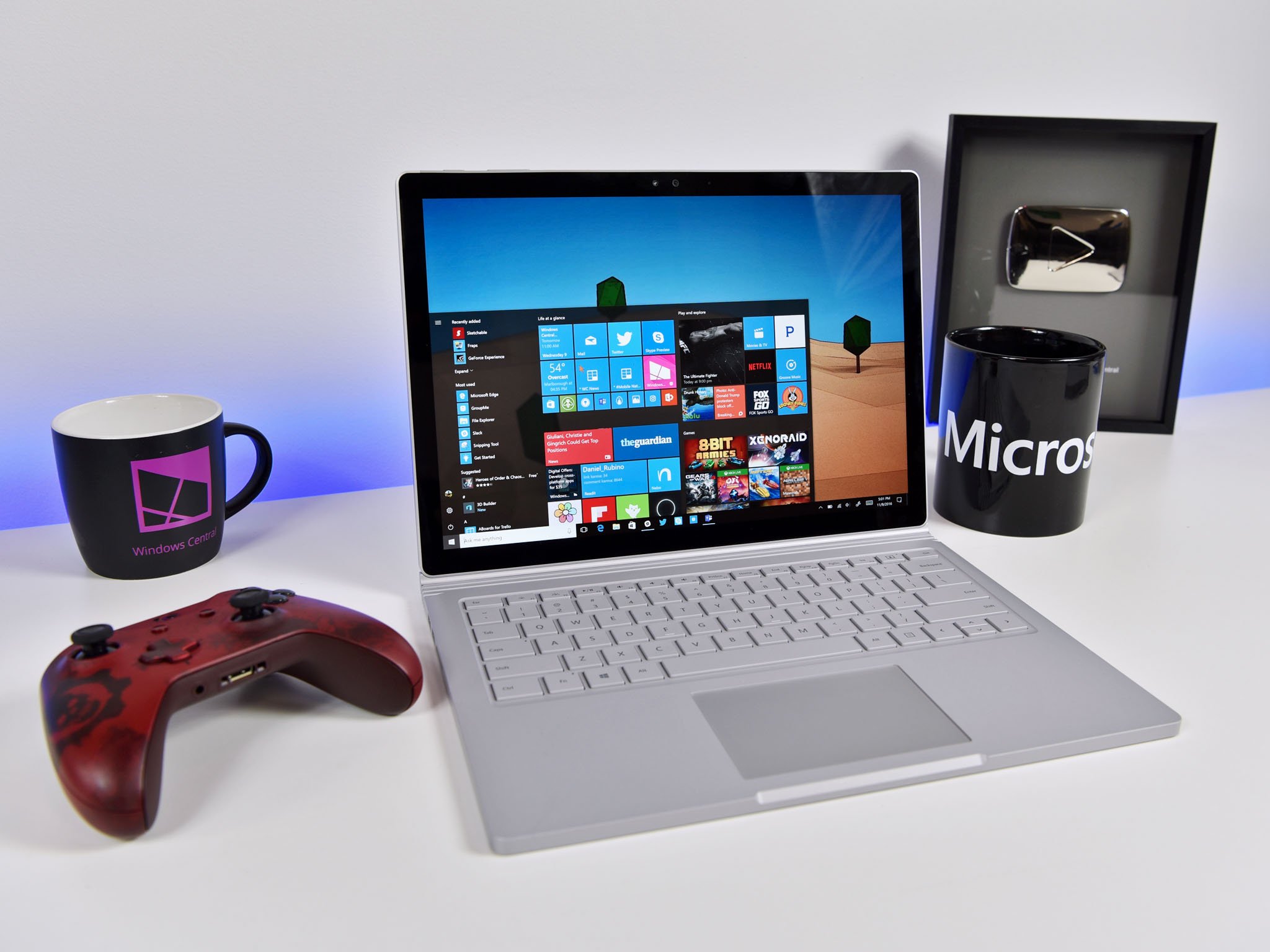
That's important to keep in mind for perspective. While the Surface Book can now do heavier gaming — including brand-new titles like Gears of War 4 — it will not outperform the most recent gaming laptops hitting the market. Nor would we expect it too.
Nonetheless, it is a significant increase from the previous Surface Book's dedicated GPU.
Playing Gears of War 4 this machine averaged 47 FPS but often went higher. That's at the native 3000 x 2000 resolution. Dropping down to 1621 x 1080 ("Full HD") and that number went even higher. That's solid gameplay at medium settings with vertical sync disabled.
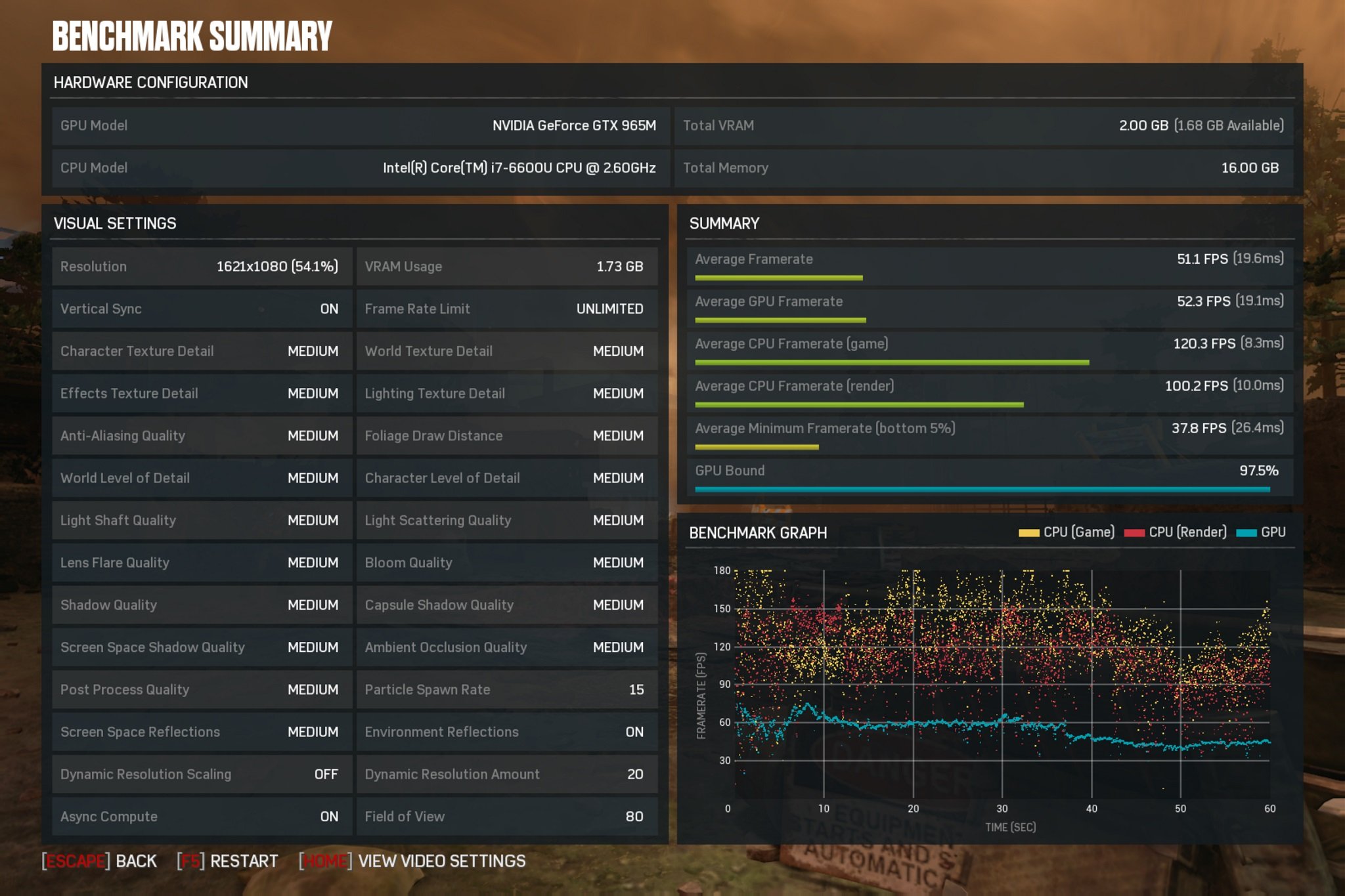
Forza Horizons 3 is also perfectly playable, as are many other Windows 10 games on the Store. Keep in mind, the hissing fans of the Surface Book will kick in as well. You'll probably want to use headphones when hard gaming to avoid the distraction.
I don't want to hedge here: The Surface Book with Performance Base is perfectly playable for some high-end games. Unfortunately, Microsoft did not update the CPU to the newer 7th gen Kaby Lake processor. Combined with the 965M and the Surface Book with Performance Base is a more powerful, but somewhat dated, two-in-one.
CrystalDiskMark Benchmarks (Samsung SSD)
| Category | Score |
|---|---|
| Seq Q33T1 | Read: 1646 | Write: 1263 |
| 4K Q33T1 | Read: 375.1 | Write: 334.3 |
| Seq | Read: 950.1 | Write: 944.2 |
| 4K | Read: 40.62 | Write: 110.7 |
Geekbench 4.0 Benchmarks (GTX 965M)
| Category | Score |
|---|---|
| Single core | 3948 |
| Dual core | 7415 |
| CUDA | 63029 |
| OpenCL | 64108 |
3DMark
| Category | Score |
|---|---|
| Time Spy | 1559 |

While not a gaming monster the Performance Base is a notch higher than nearly all Notebooks. Due to the last-gen GPU and being "only" a dual-core machine the Surface Book hits walls compared to beefier quad-core gaming laptops. Nonetheless, can gaming PCs take off their displays to become a tablet? Do they get 10 hours battery life? Definitely not.
Don't mind our humps
Microsoft did have one issue tossing in the GTX 965M: Heat. To get thermals under control the company had to increase the size of the Surface Book's base to add a second fan for cooling. The result is a somewhat bulging hump near the display, and now the front of the base does not taper off.

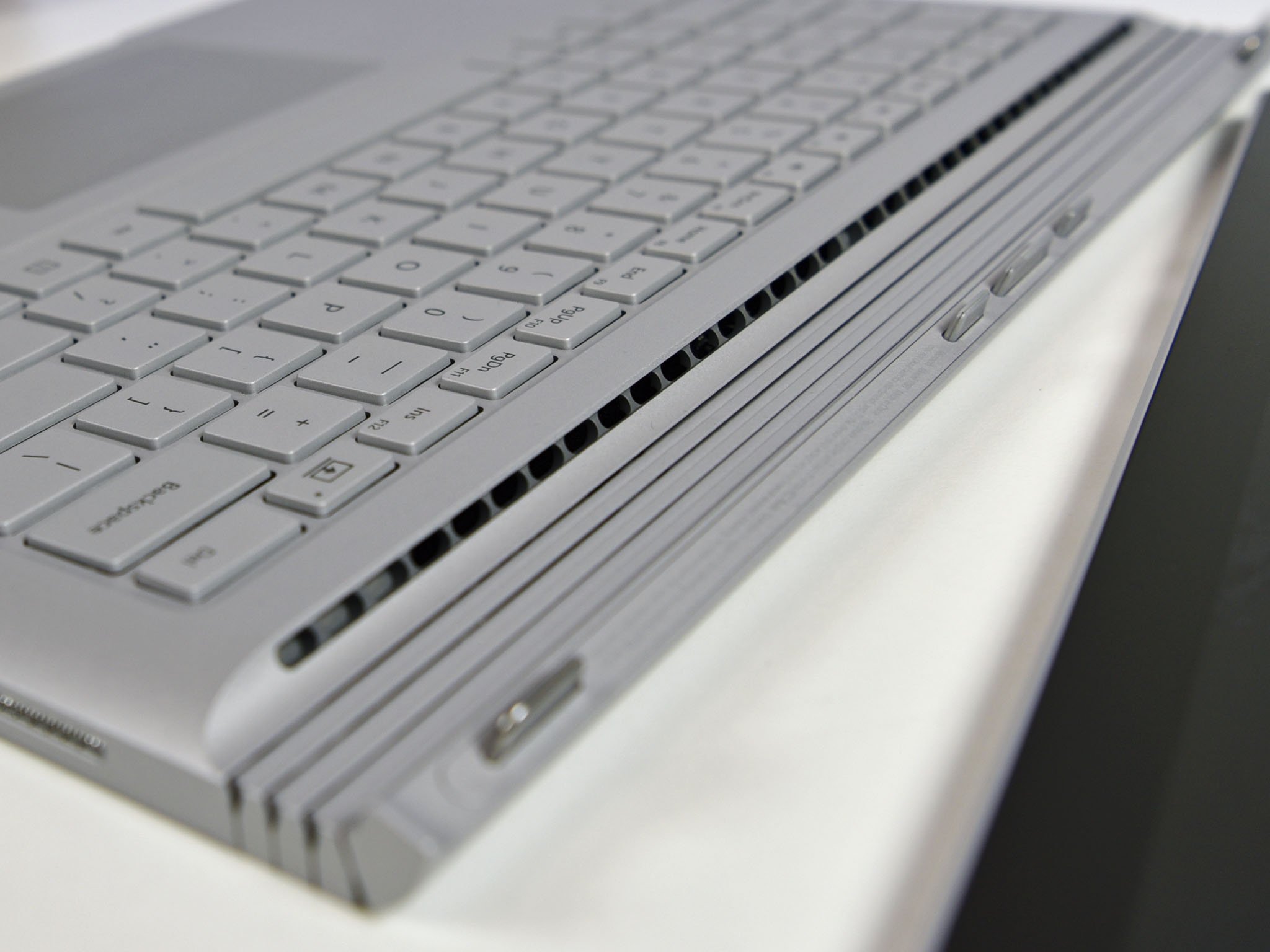
However, the Surface team was smart. Most of the increased sized is pushed to the empty gap created by the unique Surface Book hinge. That means this variant doesn't feel too different when closed. While the base comes up around the keyboard somewhat, the travel of the keys has not changed and typing feels the same between models.
Heat-wise, the laptop peaked at 113° F (45° C) with 20 minutes of intense gaming in Gears of War 4. The heat was isolated towards the upper center of the keyboard near the function keys. You could also feel the heat on the bottom although it never became uncomfortable to use.
More battery
In a way, that physical change to the Surface Book is a blessing in disguise. Microsoft used the additional space to increase the primary battery by 30%, a jump from 52 Wh to 63.4 Wh. Combine that with the 18 Wh battery in the top half and you get an impressive 81.4 Wh of total power.
To put that number in perspective: most Ultrabooks are in the 50 Wh range, and no laptop goes over 100 Wh due to airline safety restrictions.
Microsoft claims this larger battery will power the Surface Book for 16 hours. As usual, those claims are under ideal conditions. In real world testing, however, the enlarged battery makes a real difference. In my tests over the last week, I consistently pushed 10 hours of real world productivity and went off the charger for two days. When you consider that this machine is running 16GB of RAM, a 1TB SSD, and an upgraded GPU, that is very impressive. That's also roughly the 30% increase I'd expect from the 7-8 hours of battery life I typically get on my older non-Performance Surface Book.
Note, however, if you tax the GTX 965M GPU at 100% e.g. gaming, video editing, etc. you'll probably eek out 5 hours. I have a gaming laptop that can do 90 minutes tops under those situations so again, the Surface Book here impresses.
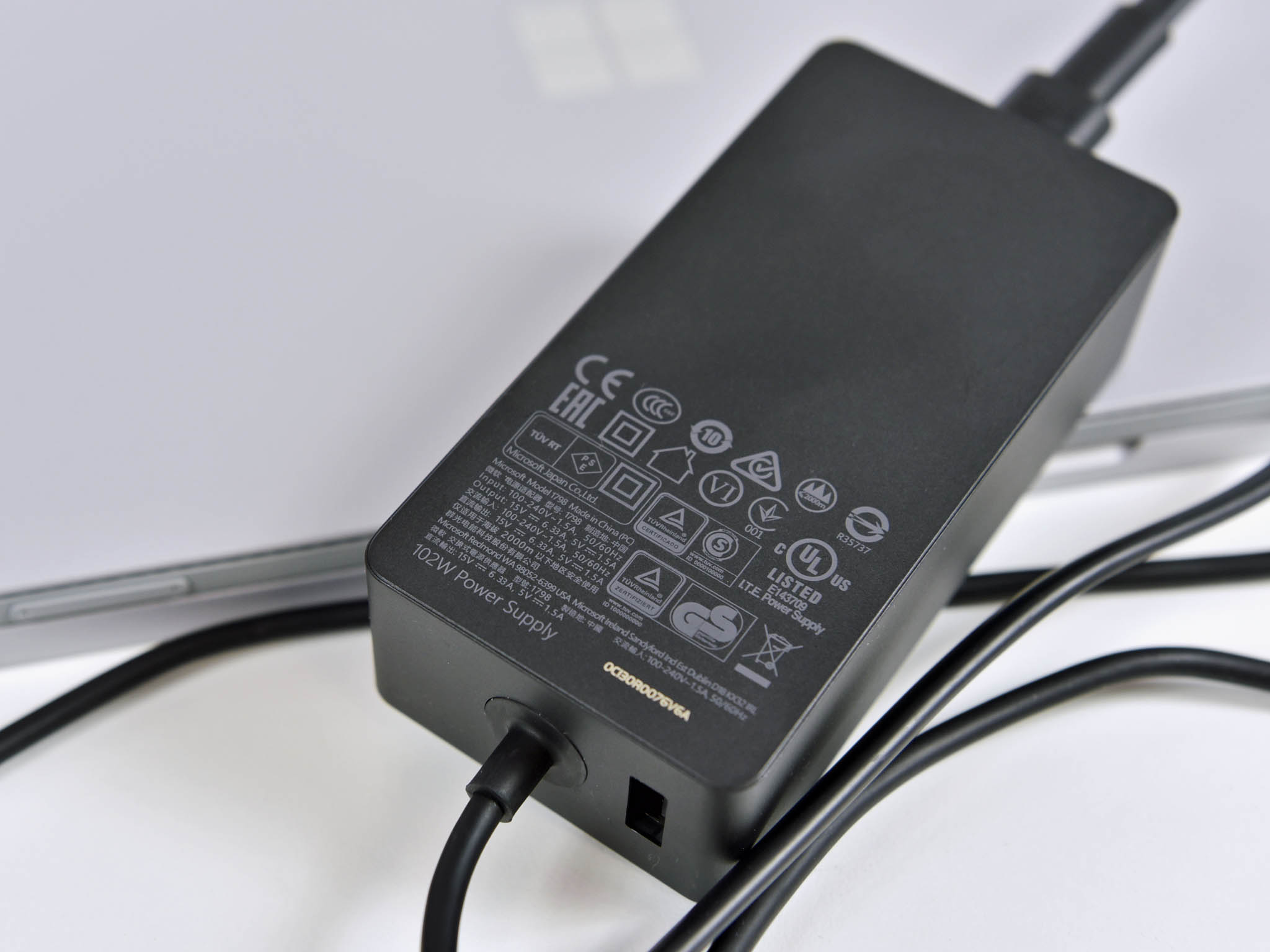
That increased battery life means you can easily leave the AC charger at home. That's also a good thing as this machine comes with a larger and heavier 102 Watt power supply (11.4oz/323g) versus the standard 65W (7.2oz/204g) one. Also heavier is the Surface Book itself, the Performance Base brings the weight up to 3.63 lbs (1,647g), a small jump from the previous 3.48lbs (1576g).
You can feel it too. While a 3.6-pound laptop is not heavy per se, the Performance Base variant seems dense for its size, which is fine. When combined with the magnesium chassis the Surface Book feels substantial and premium. Nonetheless, it's a lot of computing power and battery cells packed into a 13.5-inch laptop — it's smaller and lighter than many so-called pro-level laptops (looking at you, new 15-inch Apple MacBook Pro) but still brings all of the expected performance.
It's time to pay
All of this comes at a price, though. The Surface Book with Performance Base starts at $2,399. That's for 256GB of SSD storage and 8GB of RAM. If you want 512GB of storage and 16GB of RAM, you'll have to pony up $2,799.
All of this power and performance comes at a price, though: up to $3,299
At the top of the mountain is our review unit which has 16GB of RAM and a massive 1TB SSD for a wallet-murdering $3,299. And no, Microsoft has no plans to sell just the base with new GPU in case you wanted to upgrade your current Surface Book. Though you could always buy a Surface Book Performance Base and sell your old one on Swappa to make up some of the difference
To buy or wait?
Microsoft has done an incredible job with the Surface Book with Performance Base. While it gains some weight and gets thicker in the middle, it still crushes the competition. If anything, the new Performance Base feels better to hold and use. The 965M GPU does wonders for mid-level gaming and graphic-intensive tasks.
The downside is what comes next. Microsoft is expected to release a true Surface Book 2 sometime next year. There's little reason to doubt they won't include Kaby Lake, which brings improved battery life and a 10% bump in performance. We'll also likely see the inclusion of USB Type-C and Thunderbolt 3.

What does all of that mean for the Surface Book with Performance Base? Perhaps not much. Microsoft may keep this SKU level 'as is' for the next year with no upgrades. While the Nvidia 10xx Pascal series is excellent, I'm not convinced Microsoft is ready to put that into such a slim machine. Nonetheless, there is that concern for missing the next big iteration.
It's important to remember that people who buy the Surface Book with Performance Base are getting it for its current level of performance and outstanding battery life. It's not, however, the same crowd as elite gamers who always need to push the envelope.

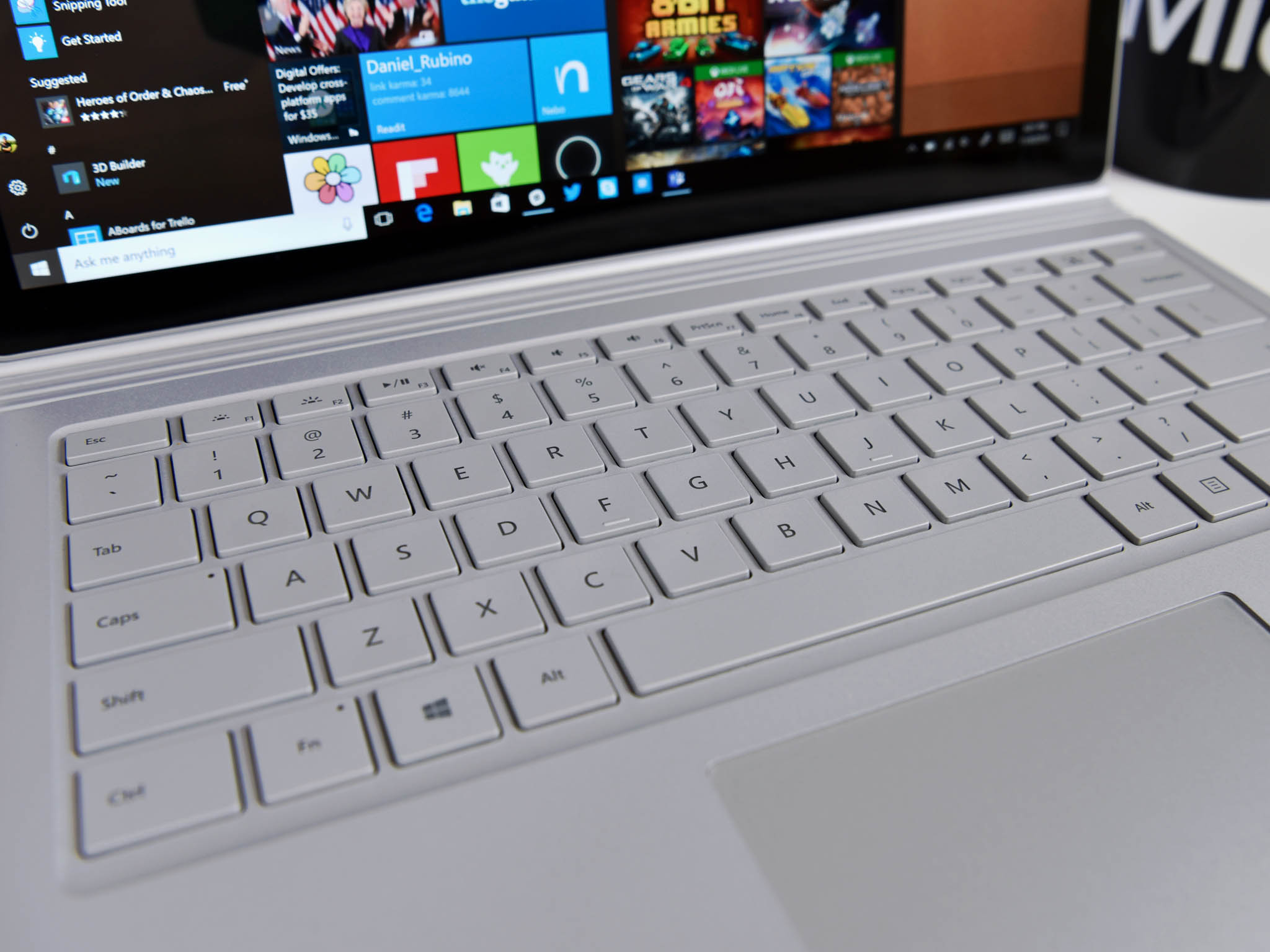
Judging the Surface Book with Performance Base by today's competition and there is nothing else like it. Personally speaking, I find the Surface Book to be the perfect laptop. The keyboard, trackpad and unique 3x2 aspect ratio make it a joy to use. With improved graphics and even better battery life – a rare trade up – and you'll have to pry this device away from me before I hand it over.
Assuming you have the money, you can't beat the Surface Book nor its improved Performance Base variant. If you're looking for the best in this class this is it.
Pros:
- Much improved GPU performance
- Potential choice for gamers
- Outstanding battery life
- Still the best all-around laptop
- It still has ports and an SD card reader
Cons:
- Expensive!
- GTX 965M is 2 years old
- No Kaby Lake CPU
Do you have questions or want to talk about the Surface Book with Performance Base? Jump into our dedicated forums for the Surface Book today and get started!

Daniel Rubino is the Editor-in-chief of Windows Central. He is also the head reviewer, podcast co-host, and analyst. He has been covering Microsoft since 2007 when this site was called WMExperts (and later Windows Phone Central). His interests include Windows, laptops, next-gen computing, and wearable tech. He has reviewed laptops for over 10 years and is particularly fond of 2-in-1 convertibles, Arm64 processors, new form factors, and thin-and-light PCs. Before all this tech stuff, he worked on a Ph.D. in linguistics, performed polysomnographs in NYC, and was a motion-picture operator for 17 years.

